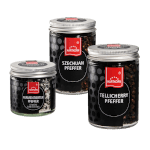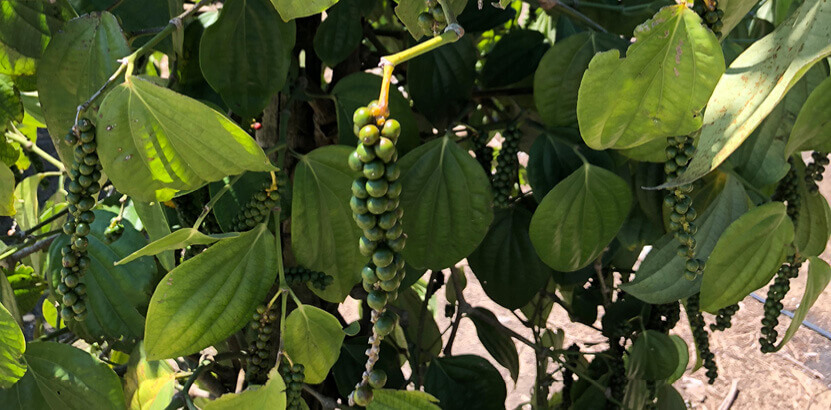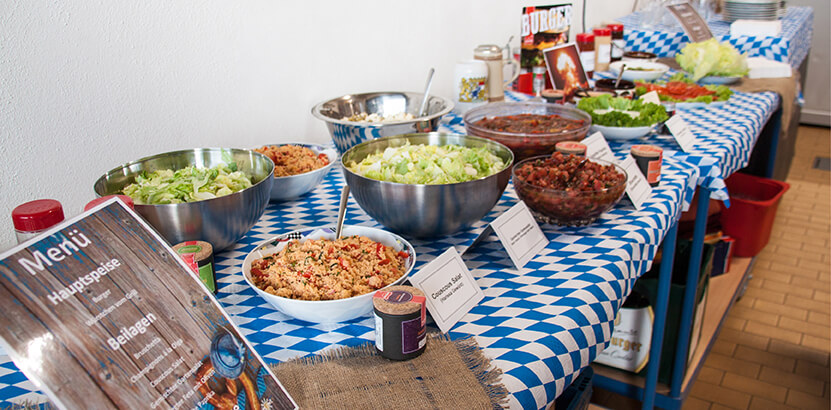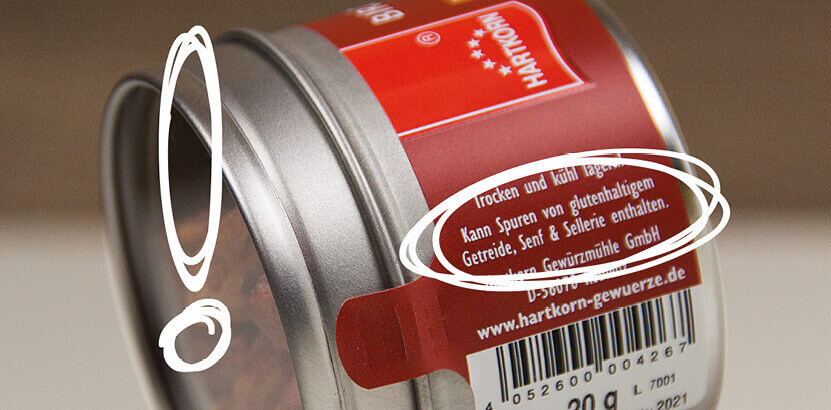Pepper is the most popular spice on our planet and must not be missing on any dining table besides salt. But where does it come from and how is it grown? Time to take a closer look at this with you.
The pepper has its origins in the humid, warm monsoon forests of Asia. Already around 400 BC The pepper is mentioned in ancient writings and it can be assumed that the goods were transported both by ship and by land from Asia to Europe. Because of its long shelf life, it was the perfect long-distance trade item.
At that time, pepper was still considered a special luxury item and was even weighed in at times with gold. It was only in 1498 that the famous seafarer Vasco da Gama managed to transport the first batch of pepper from India to Europe by sea. Over the centuries, however, the cultivation of this valuable commodity increasingly spread to more and more areas, so that the increased supply and the improved transport options ultimately caused the price of pepper to continue to fall and the spice no longer to be an exclusive layer was reserved. That has not changed until today. The growing areas are now mainly on both sides of the equator, especially in Vietnam, India, Indonesia and Sri Lanka.
But what does it actually look like? Pepper (lat. Piper nigrum) is a perennial climber that can reach a height of up to 10 meters and belongs to the pepper family. To simplify cultivation, it is only kept at a height of approx. Five meters on the plantations. The pepper shrub has 7 to 15 cm long oval leaves and white flowers, which are combined in ears, similar to the red currant known to us. This results in 20 to 30 pea-sized berries that change color from green to orange-red as they ripen.
In culture, the pepper plant is propagated by setting individual cuttings that are grown on trees or sticks, such as hops. From the third year, the pepper plant yields. This is greatest after 7 to 8 years and lasts almost unchanged until the plant is around 30 years old. The pepper berries are harvested twice a year, the time of harvest depending on the growing region.
The black and white pepper known to us, as well as the green pepper popular among star chefs, comes from the same plant.
Black pepper is harvested unripe. The berries, which are green at this point, are dried in the sun until they are wrinkled and have acquired their typical black-brown color. The dried peppercorns have a pungent aroma, which unfolds best if you grind the peppercorns fresh in the mill.
Unlike black pepper, white pepper is harvested fully ripe (red color) and then filled into sacks. These sacks are soaked in running water. Then the soft skin is removed mechanically and the peeled berries are left to dry in the sun until they have a yellowish-white color. The green pepper is harvested when immature and either preserved in a salt or vinegar brine, dried at high temperature or even freeze-dried.
No matter which variant you ultimately choose, pepper can be found in almost every kitchen in these countries today, where it is used to flavor and refine meat dishes, sausages, fish, salads, sauces, soups, vegetables and marinades. Hardly any spice is as versatile as pepper! A real all-rounder that none of us would like to do without so quickly!








